Author Archives: admin
This is a work in progress, so check back for updates!
I wanted to address the white paper produced by Elon Musk in 2013. It is an interesting concept, that several companies are actually perusing, but I am concerned with technical, economic, practical, and psychological implications of the system. As a concept, it has a strong appeal, aircraft speed on the land. From a technical perspective, in this engineer’s opinion, it poses technical challenges rivaling or exceeding landing on the moon. The economies outlined in the white paper are optimistic, at best, and I will attempt to compare the prices to real world transportation systems. The practical application of this technology appears to ignore an ever present issue in mass transit, the last mile problem. Finally, there are myriad psychological issues, including claustrophobia, uncomfortable acceleration and deceleration, and, most importantly, the American’s concept of freedom in transportation.
First, I would like to examine the technical issues. I will quote sections of the white paper in their entirety.
Earthquakes and Expansion Joints
A ground based high speed rail system is susceptible to Earthquakes and needs frequent expansion joints to deal with thermal expansion/contraction and subtle, large scale land movement.
By building a system on pylons, where the tube is not rigidly fixed at any point, you can dramatically mitigate Earthquake risk and avoid the need for expansion joints. Tucked away inside each pylon, you could place two adjustable lateral (XY) dampers and one vertical (Z) damper.
These would absorb the small length changes between pylons due to thermal changes, as well as long form subtle height changes. As land slowly settles to a new position over time, the damper neutral position can be adjusted accordingly. A telescoping tube, similar to the boxy ones used to access airplanes at airports would be needed at the end stations to address the cumulative length change of the tube.
These three short paragraphs are the first example of hand-waving that belittle the technical challenges ahead. In the second paragraph, it is evident that Mr. Musk is not familiar with ‘Sun Kinks’ which are an issue that conventional railroads have to deal with. The ‘Tucked away inside each pylon’ dampeners is what is know as track ballast in the railroading world. All the rock they lay beneath railroads is not there for decorative reasons. The tubes that would be used will not be pre-stressed and regardless, will undergo thermal expansion and contraction.
The third paragraph mentions accordion style sections of tube to take up changes in overall length. Two major issues here:
1) The technology to create an expanding accordion structure that can withstand the pressure differential between the proposes internal near vacuum of the tube, at 100Pa and normal air pressure of 101.325kPa, or 14.7PSI, so the outside pressure is 1013 TIMES greater than the interior pressure, does not exist. I don’t even know if it is even possible.
2) The sheer magnitude of thermal expansion is not represented here. The distance between Los Angeles and San Francisco is 381.9 miles, following the I-5 corridor, which is the proposed route. During a typical day, even in LA, a 25°F temperature change is a normal day. So:
The calculation for thermal expansion is pretty easy: amount of thermal expansion = length of material * change in temperature * thermal expansion coefficient. In this case, we will use steel, which is 0.0000065 (inch/inch/degree F). Which seems like a small number, until you plug the numbers in:
Thermal expansion=381.9miles*5280feet*25°F*0.0000065*12=327.67 feet. For those keeping track at home, this over 100 yards, a football field, with the end zones. The accordion at each end would have be over 150 feet long to deal with a typical day’s temperature swing! Over the course of a year, you are looking at 2 to 3 TIMES that change. As an example:
Another proposed route is between Kansas City and St Louis, MO. 250 miles. So 250miles*5280feet*75°F(seasonal swing)*0.0000065=643.5 feet over the course of a year! Just under an eighth of a mile, or a city block.
Even today, 200 years after the invention of railroads, engineers are still battling thermal expansion of steel rails. The same steel that will be used in the proposed Hyperloop. The next time your ride the rails, the click-clack you hear is one small thermal expansion joint after the next.
This problem alone is not insurmountable, but will require the design of a new type of vacuum proof expansion joint, which does not exist. The proposed solution of a freestanding tube system will not work. Tunneling would be more feasible, but very expensive.
The document now turns to the more technical section:
Reading into the white paper, I realize it will be impossible to separate the technical, economic, practical, and psychological issues with the system, since the original white paper mixes them as well, so from this point forward, I will address the issues in the order they were laid out.
This first major error that I foresee is capacity:
The Hyperloop is sized to allow expansion as the network becomes increasingly popular. The capacity would be 840 passengers per hour which more than sufficient to transport all of the 6 million passengers traveling between Los Angeles and San Francisco areas per year. In addition, this accounts for 70% of those travelers to use the Hyperloop during rush hour. The lower cost of traveling on Hyperloop is likely to result in increased demand, in which case the time between capsule departures could be significantly shortened.
These numbers didn’t seem all that realistic to me, so I went to see how many people actually travel between LA and San Francisco. By air, it is 10,500,00, by car, 290,000 VEHICLES PER DAY, or 105,850,000 trips per year on I-5, with the caveat that the 290,000 per day is vehicles, with 1 to 6 people per vehicle. Assuming 1.5 people per vehicle, you are looking at something like 150,000,000 people per year, for just cars + 10,500,000 by plane. 160,500,000 passengers per year/365/24=18,321 people PER HOUR, assuming 24/7, evenly spread out. The Hyperloop could handle 4.5% of the average traffic.
The second issue is the acknowledgement of rush hour needs. 840 passengers an hour would be woefully inadequate. Just in Chicago, for just the O’hare stop for the Blue Line, there were just shy of 4,000,000 passengers. For the O’hare stop, during rush hour, they average 2684 people an hour during the MORNING rush hour.







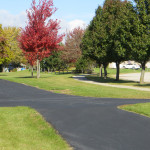


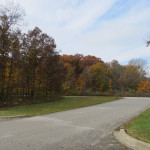
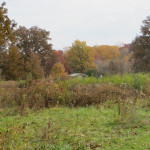
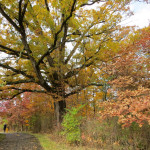
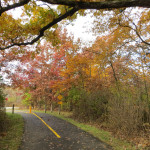
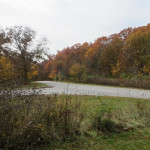
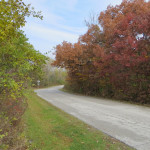
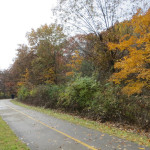
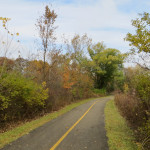
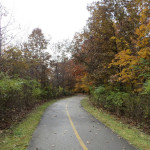
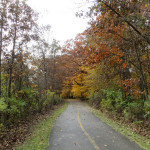










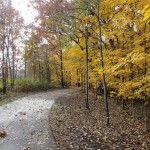
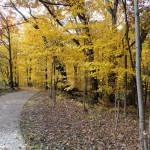
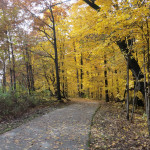




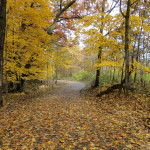

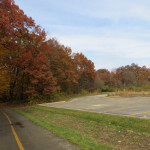
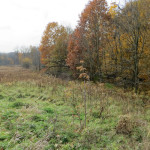
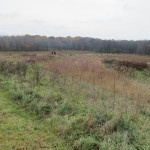

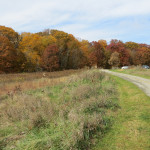
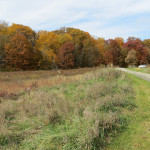
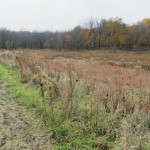

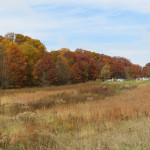
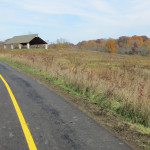
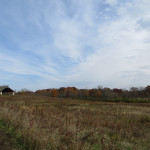



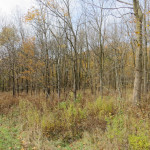
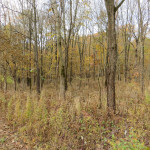
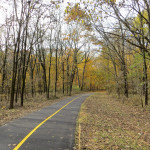
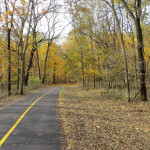


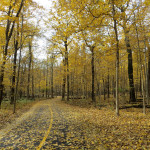



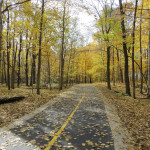









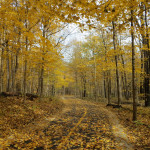







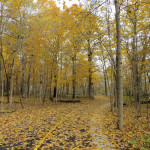







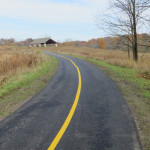
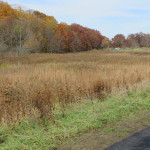
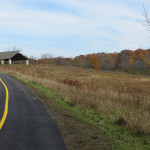
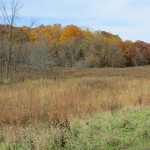
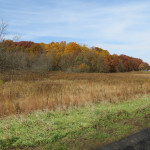
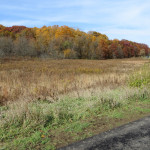
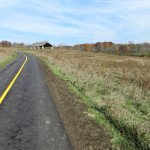
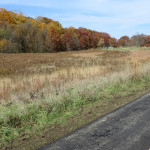

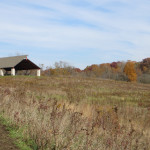

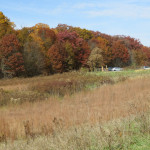
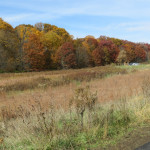
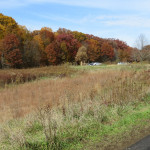
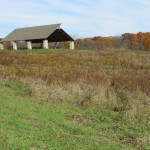
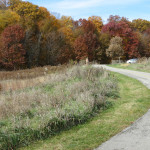
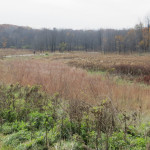
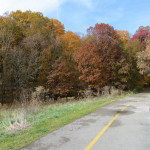
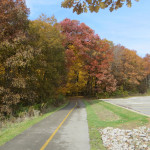





















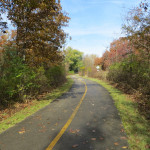

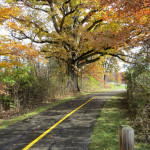
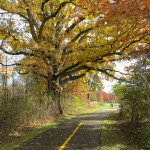
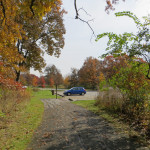
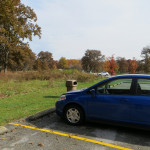

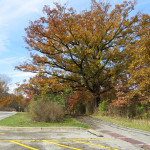
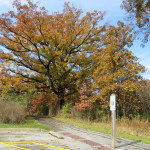

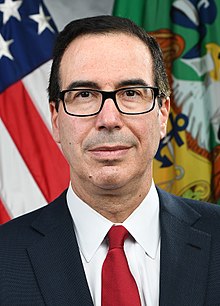




















15 Years
It has been a while since I have posted, but I have big news! After 15 years, we are moving to a new house! For the last 15 years we have lived in a Cape Cod style home. It has served us well, but there were things that we just could not change, like the location and the stairs/laundry arrangement.
So, after a decade and a half, we decided to look for a new home and we finally found one that fit the bill. I am 45 years old, so the stairs are starting to take a toll. We both wanted a ranch. Luckily, in the southern suburbs of Chicago, ranch style homes are very popular.
We were looking for several years and working hard to make it possible. Moving is never an accident, I assure you. The wife and I toured many homes, I would guess close to 20, if you include open houses. We did really like one home, but the seller really did not want to work with us on the price and the house was not really that great for us. We ended up looking at another house in Mokena and just fell in love with it. The layout is just what we were looking for and it has some bonus features, like an impressive fire place, that really sealed the deal. Say what you want about huge banks, but when Chase says you will close in 21 days, you will close in 21 days!
A week after we closed we moved into our new house. It took about a month to unpack everything. This post is going up 1 month and 1 day after we moved, and I have just 2 more boxes to empty in my workshop. So far, our son just loves his new school. We were planning on finishing the year in his old school, but the commute and other issues were just too much. He just loves the new school, so it is a win-win.
The whole area is much better than I expected, quiet, birds chirping all the time. As with any house, there are minor things to fix, but nothing too out of the ordinary. So far, so very good.
Posted by admin on May 3, 2019 in General Comments
Leave a comment